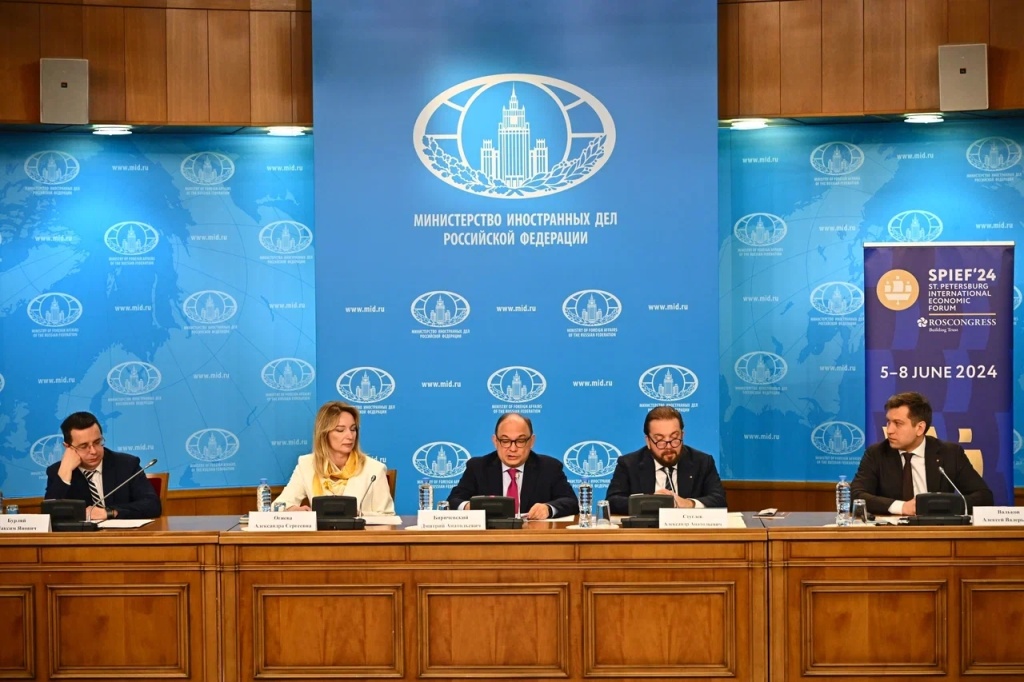
EFFECTIVE MANAGEMENT OF THE ARCTIC TERRITORIES. SUPPORT AREAS AND INVESTMENT POTENTIAL OF THE REGIONS
This panel session was held on the final day of SPIEF 2016 as part of the Conference on the Economic Development of the Arctic. The participants discussed priority lines of the Arctic zone development, approaches to the Arctic regions management, potential of those regions and major investment projects.
The session was moderated by Deputy Minister of Economic Development of the Russian Federation Aleksandr Tsybulskiy.
The Russian Arctic development project requires resources, investments and special management mechanisms. Moreover, all national interests should be accommodated in the course of the Arctic development. Territorial principle and ‘support zones’ establishment should underpin the approach to the development of the region.
The Forum participants discussed development of the Russian regions located in the Arctic; these are: Republic of Sakha (Yakutia), Chukotka Autonomous District, Arkhangelsk Region and Murmansk Region. They spoke about various industrial projects implemented in those regions, specifically about offshore oil and gas development, gold- and diamond-mining.
Deputy CEO for Shelf Projects Development of Gazprom Neft Andrey Patrushev reported on his Company’s activity in the Arctic. According to Mr. Patrushev, when working in the area, Gazprom Neft is trying to switch to Russian-produced equipment in line with the State Programme for Import Substitution.
The Governor of Arkhangelsk Region Igor Orlov informed that his region accounts for circa 12% of the total Russian diamond extraction. Field facilities are being currently set up to develop two diamond pipes in the region.
The President and CEO of the Lapland Chamber of Commerce Timo Rautajoki spoke about the development of alternative energy sources in the region – wind and bioenergy, development of the transport infrastructure and tourism. He stressed that these are the priority development areas for Lapland.
The speakers pointed out the high potential of the Northern sea route that runs in the Arctic. It goes from the Atlantic to the Pacific Ocean. 6 million of cargo was transported by that route last year.








